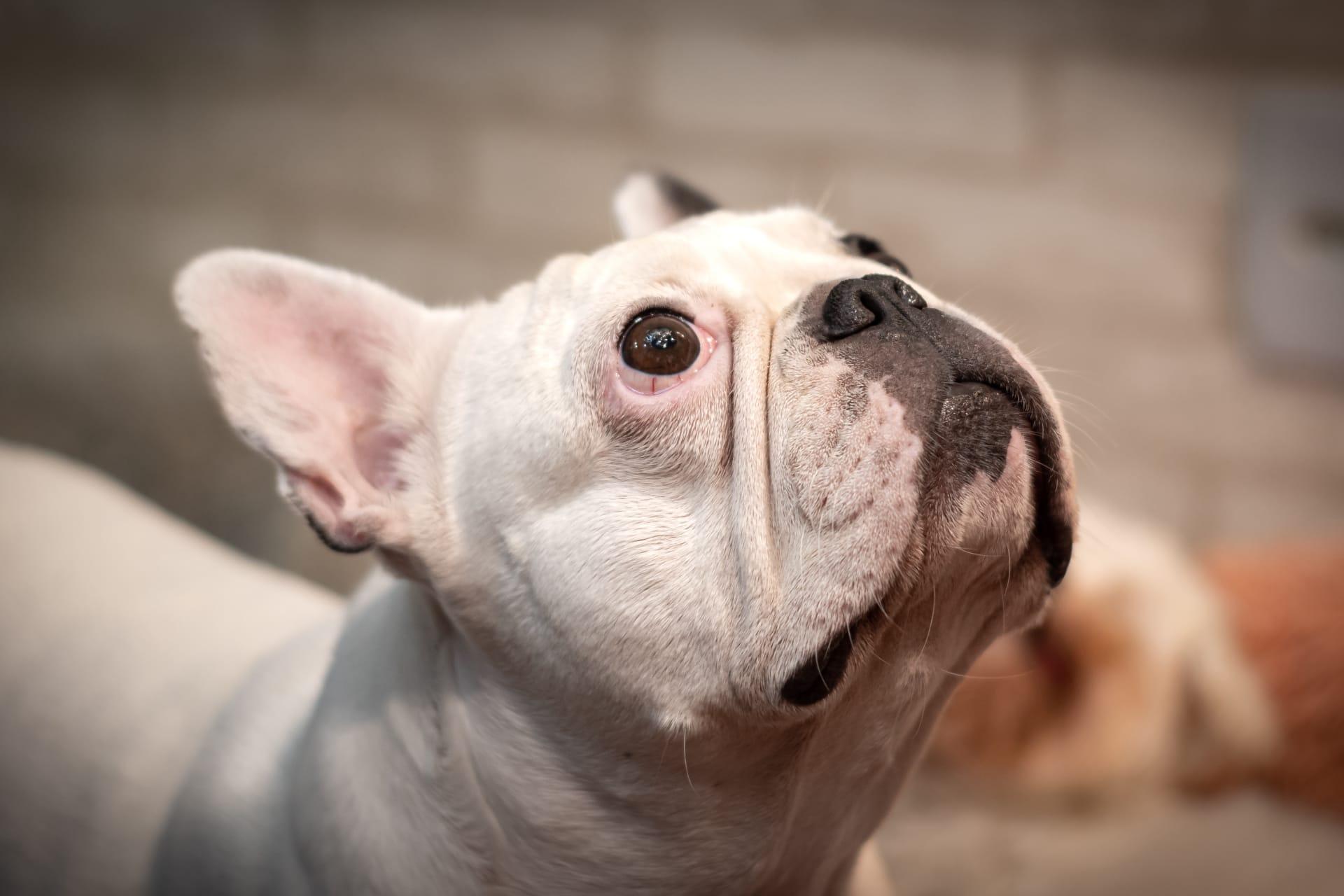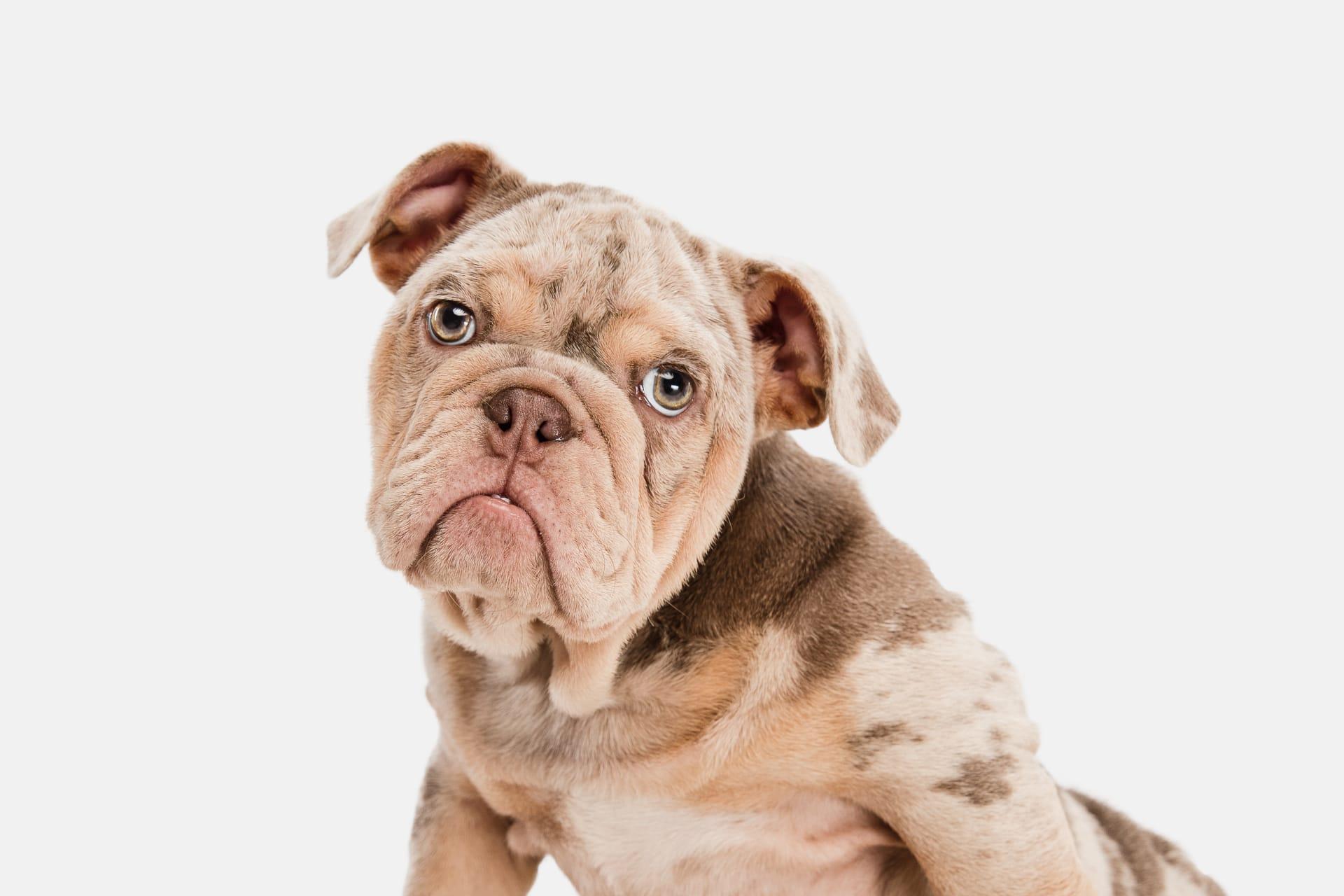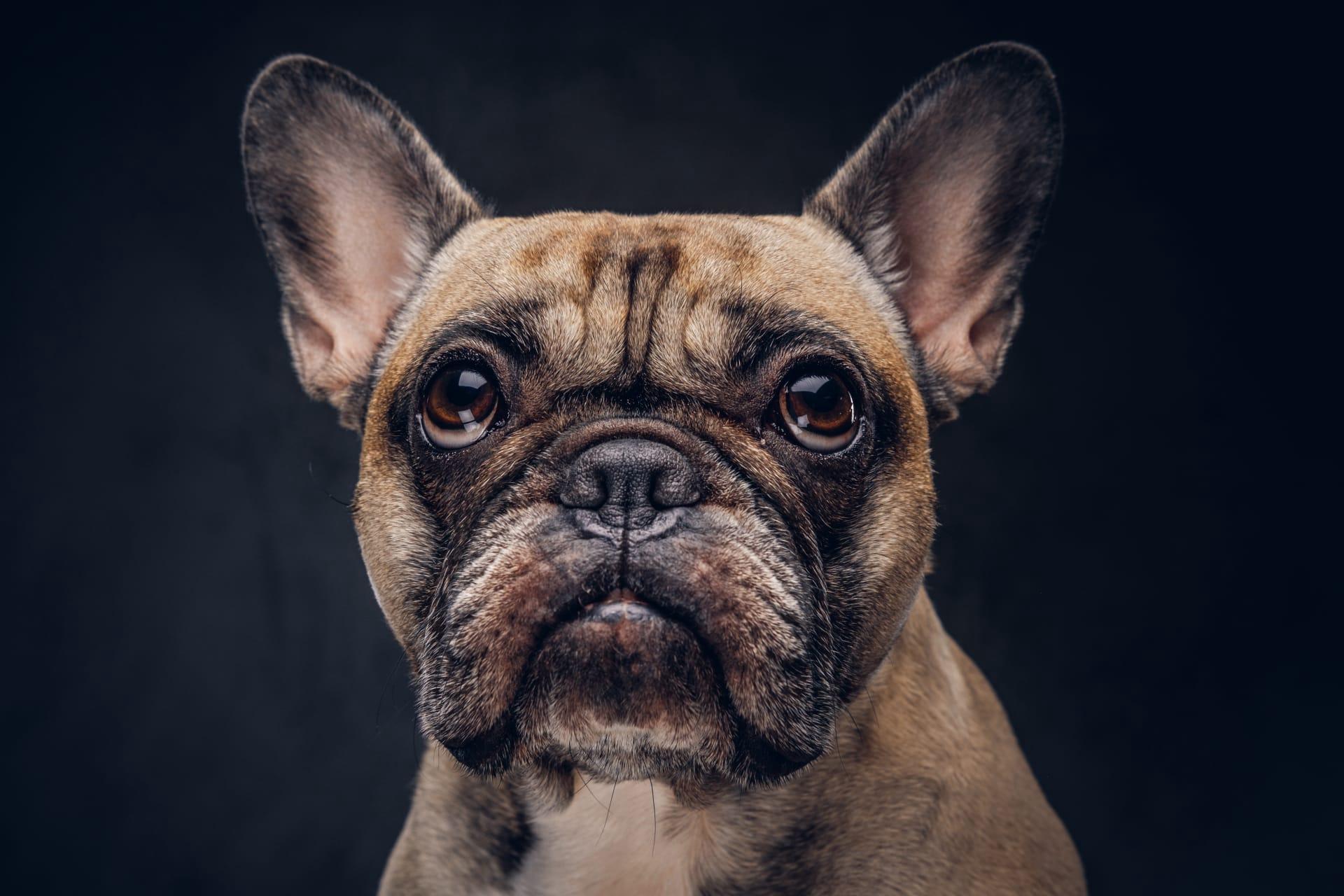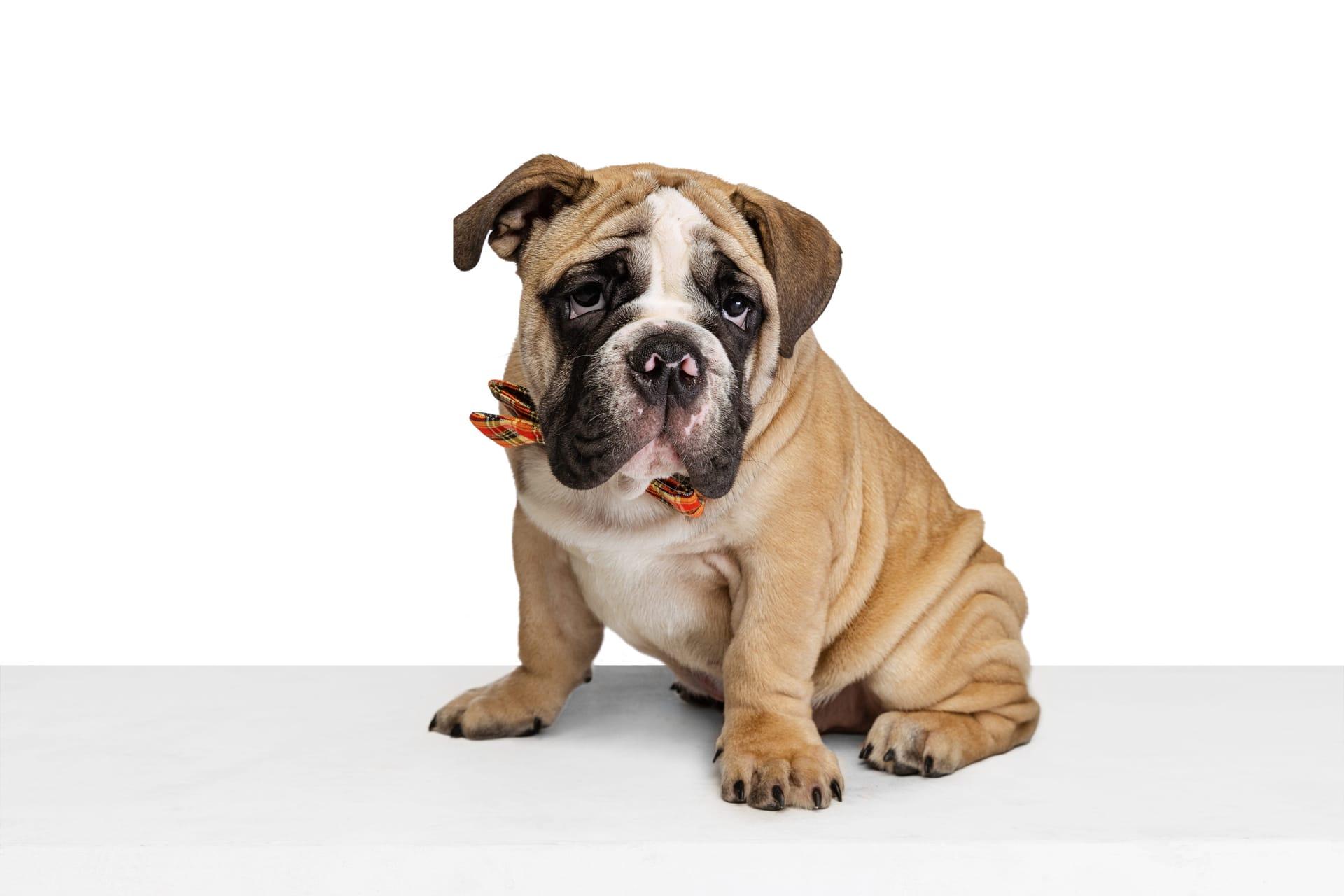Pug Trivia
- Home /
- Trivia Question /
- Animal /
- Pug Trivia
1
Question: What is the typical lifespan of a Pug?
Answer: Pugs typically live between 12 to 15 years. Their lifespan is influenced by factors such as diet, exercise, and genetics. Regular veterinary care and a healthy lifestyle can help them reach the upper end of this range.
Question: How much exercise does a Pug need daily?
Answer: Pugs require moderate exercise, usually about 30 minutes per day. This breed is prone to obesity, so regular walks and playtime are essential. However, due to their flat faces, it's important to avoid strenuous exercise, especially in hot or humid weather, to prevent breathing difficulties.

2
Question: Are Pugs prone to a lot of health problems?
Answer: Pugs can be susceptible to certain health issues, primarily due to their brachycephalic (flat-faced) nature. These include respiratory problems, eye injuries, and skin fold dermatitis. However, with proper care, regular vet check-ups, and a suitable living environment, many of these issues can be managed effectively.
Question: Is it true that Pugs are lazy and don't need much activity?
Answer: This is a misconception. While Pugs aren't as active as some breeds, they do need regular exercise to maintain their health and to prevent obesity. They enjoy playtime and short walks, but their exercise needs are moderate compared to more energetic breeds.

3
Question: Do Pugs shed a lot?
Answer: Yes, Pugs are known to be heavy shedders despite their short coat. Regular grooming, including brushing a few times a week, can help manage the shedding. Additionally, a healthy diet can promote a healthier coat, potentially reducing shedding.
Question: How big do Pugs typically get?
Answer: Pugs are a small breed, with adults typically weighing between 14 to 18 pounds (6.4 to 8.2 kilograms) and standing about 10 to 13 inches (25 to 33 centimeters) tall at the shoulder. Their compact size makes them suitable for apartment living.

4
Question: Are Pugs good with children?
Answer: Yes, Pugs are generally known for being good with children. They are a sturdy breed, affectionate, and often patient with kids. However, as with any breed, it's important to supervise interactions between dogs and young children to ensure safety for both.
Question: Can Pugs live in hot climates?
Answer: Pugs can live in hot climates, but extra care is needed. Their short snouts make them more prone to heatstroke, so it's important to provide them with air-conditioned environments, access to fresh water, and avoid excessive exercise in hot weather.

5
Question: What are common personality traits of Pugs?
Answer: Pugs are known for their friendly and affectionate nature. They tend to be sociable, charming, and playful, often seeking attention and affection from their owners. They can also be quite stubborn, which may require patience during training.
Question: How do Pugs typically react to other pets?
Answer: Pugs are generally sociable with other pets, including dogs and cats. Their playful and friendly nature makes them good companions. However, early socialization is important to ensure they are comfortable and well-behaved around other animals.